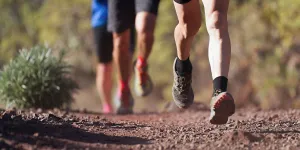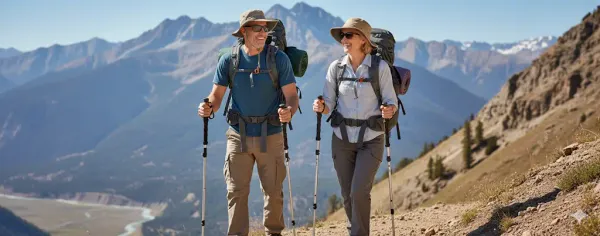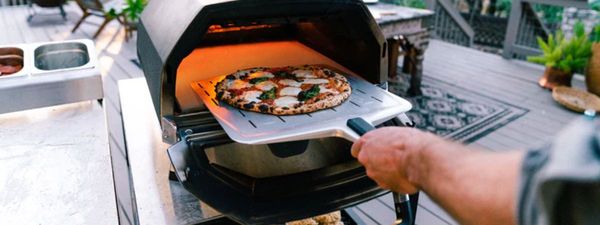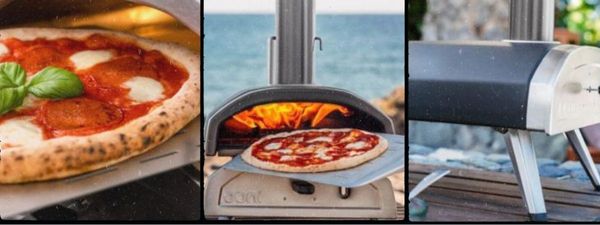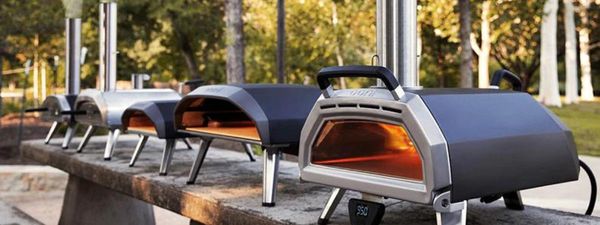When it comes to backpacking weight, every extra kilo matters. The heavier your pack, the harder each step feels — and that can turn a fun hike into a tiring slog. But here’s the good news: you don’t need to sacrifice comfort or safety to go lighter.
- Understanding Backpacking Weight
- Start with the Big Three (Backpack, Shelter, Sleep System)
- Lighten Cooking and Water Setup
- Footwear and Clothing Choices
- Smart Packing Habits to Reduce Backpacking Weight
- Food and Water Strategy
- Gadgets and Extras
- Reduce Bulk Items with Compression Bags
- Guide Books and Paper
- Mindset: Lighter is Better
- Conclusion
- Resources
Understanding Backpacking Weight
If you’ve ever asked yourself, “How much weight should you carry backpacking?”, you’re not alone. The truth is, the average backpacking weight for beginners is often heavier than it needs to be — sometimes 18–20 kg for a 3–4 day trip. That’s a lot on your shoulders. I was guilty of this too, in my earlier days.
A good rule of thumb is to keep the weight of a backpack between 15–20% of your body weight. For example, if you weigh 70 kg, your ideal backpacking weight is around 10–14 kg. Once I learned this, my hikes went from draining slogs to actually enjoyable. It’s amazing how much further (and happier) you can go with a lighter load.
The key rule is simple: choose lightweight gear. Reducing the number of items helps, but if they aren’t lightweight, you’ll still carry too much. Lighter gear lets you pack smarter without losing comfort.
👉 Tip: Before your next trip, lay out your backpacking gear list on the floor. Just seeing everything at once makes it easier to cut what you don’t really need. The goal is to reduce your backpacking weight without compromising safety.
Disclosure: When you buy through links on our site, we may earn an affiliate commission from our partners at no additional cost to you. Thank you for your support!
Start with the Big Three-Backpack-Shelter-Sleep System
The “Big Three” is where most of your pack weight comes from. Trim here, and you’ll feel the difference immediately.
- Backpack: Traditional packs weigh 2–3 kg, but ultralight models are closer to 1 kg or less. I switched to a frameless pack once I got my gear weight down, and the difference was night and day. That's 1-2kg lighter by itself.
👉 Check out this ultralight backpack — tough, comfortable, and under 1.0 kg.
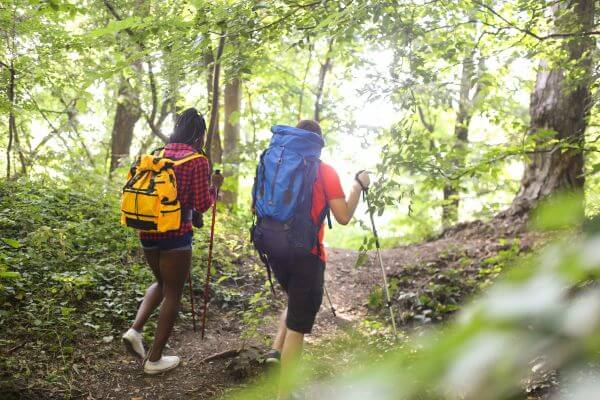
- Shelter: A full tent often adds 3 kg. Swap it for a trekking-pole tent or tarp setup, and you can cut that in half.
👉 One of my favorites is this ultralight trekking pole tent — only 950 g!
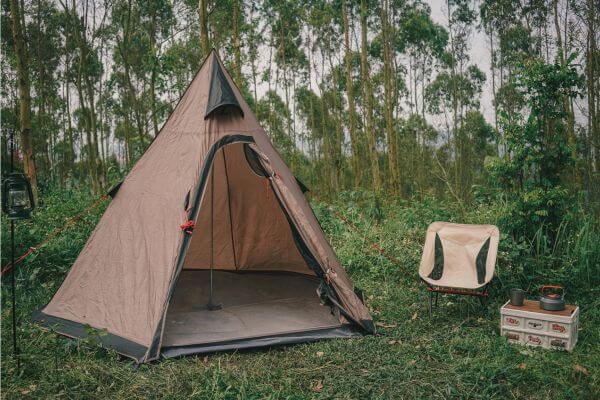
- Sleep System: Down quilts instead of bulky sleeping bags can shave off 500 g easily. Pair that with a lightweight inflatable pad, and you’ll sleep just as warm without the weight.
👉 Check out this ultralight sleeping bag, weighing just 680 grams. Ideal for temperatures between 50–70°F, keeping you warm and toasty. It also includes a compression bag to save backpack space and keep your gear organized.
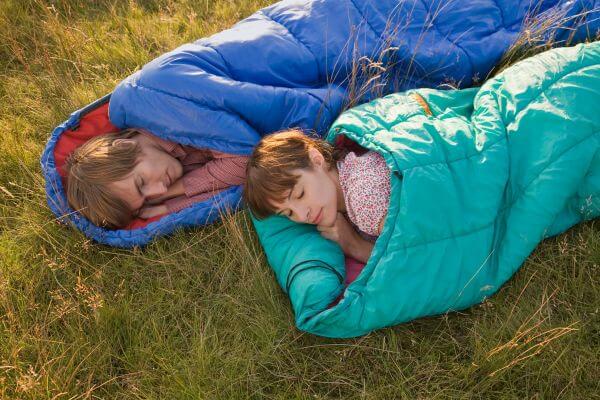
When I made these swaps, my backpacking gear list dropped by almost 3 kg instantly.
Lighten Cooking and Water Setup
Cooking gear adds up fast, but there are easy wins here.
- Stoves: Instead of a bulky two-piece system, an alcohol stove or a small canister-top stove weighs less than 100 g.
👉 I recommend this compact stove — light, reliable, and heats water in minutes.
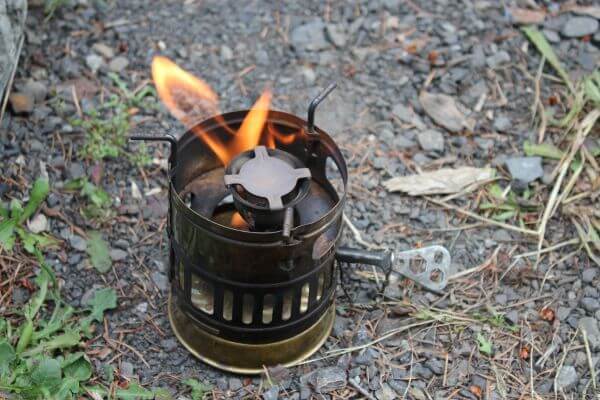
- Cookware: Titanium pots are light and nearly indestructible. Or, if you’re like me on shorter trips, try “cold soaking” oats or ramen in a jar — no stove at all.
- Water: Pump filters are heavy. A squeeze filter weighs about 60 g and works just as well.
👉 I carry this squeeze water filter, and/or this skinny filter and it’s been my go-to on every hike.

This alone can save you close to a kilo in your pack. Thinks multi-use multi-function such as using your cook pot as your bowl.
Footwear and Clothing Choices
Here’s something I wish I’d learned sooner: what’s on your feet matters as much as what’s in your pack.
- Footwear: Trail runners weigh about half of traditional hiking boots and dry faster when wet. I swapped boots for trail runners years ago, and my knees have been thanking me ever since. Bring only one pair! Seriously!
👉 If you want a solid pair, these trail runners are light, durable, and designed for long miles.
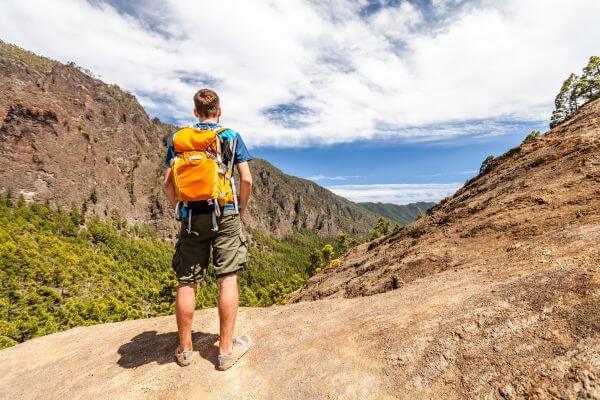
- Clothing: Stick to essentials. Quick-dry synthetics or merino wool base layers weigh less, pack smaller, and smell better after multiple wears.
👉 I'm thoroughly impressed with these lightweight, water-resistant, and quick-dry pants. They offer excellent stretch and feature six convenient zippered pockets, making them both practical and versatile. - Rain gear: Ultralight shells weigh under 350 g and keep you dry without adding bulk.
👉 Check out these lightweight rain jackets – so comfortable, you'll barely notice you're wearing one. Stay dry effortlessly, no matter the weather!
Cutting weight here doesn’t just lighten your load — it reduces fatigue and prevents blisters. Pack only the clothes you need, Leave those "just in case" at home" Make sure you check for weather trend.
Smart Packing Habits to Reduce Backpacking Weight
Beyond gear, the way you pack makes a big difference.
- Multi-use items: Trekking poles double as tent poles (see item 2). A bandanas can serve as a towel, sunshade, or pot holder.
- Cut duplicates: Do you really need three shirts or two knives? I learned the hard way when carrying “spares” that never left my pack. I know that I am nagging, but you will be surprised the many duplicates you can drag along.
- Repackage supplies: Travel-size bottles for soap, sunscreen, and first aid. I even cut down toothbrush handles to save space. Bring only essential toiletries. Backpacking is not a beauty trip.
These small tweaks may only save grams each, but together they add up to a lighter, leaner backpacking gear list.
Food and Water Strategy
Food and water are sneaky heavyweights.
- Food: Focus on calorie-dense options like nuts, dried fruits, jerky, and dehydrated meals. You get more energy per gram. Avoid canned foods and "extra food" that you will probably not consume. Remember, the excitement and thrills of outdoors may reduce your foods intake for some of us.
👉 I’ve been using this brand of dehydrated meals — tasty, filling, and light. A home meal away from home, under the starry sky.
👉 If you prefer breakfast with the berries kind, you should try this. This breakfast portion with berries, cranola & pound cake is simply heavenly. My kid loves this.

- Water: Water is heavy. Carry only what you need between sources. A liter of water weighs 1 kg, so no need to lug around extra if you know you’ll refill in a few hours. Plan water stops along your route for refilling. Learn to rely on your small water filter.
Planning your food and water stops can make a huge difference in backpacking weight.
Gadgets and Extras
It’s tempting to bring everything “just in case,” but extras add up.
- Lighting: Skip heavy flashlights; a 40 g rechargeable headlamp is more than enough.
👉 For a dependable, ultra-lightweight option, this headlamp is a winner—tipping the scale at just 38 grams. It’s so comfortable to wear that it feels practically weightless on my head. I absolutely love it!
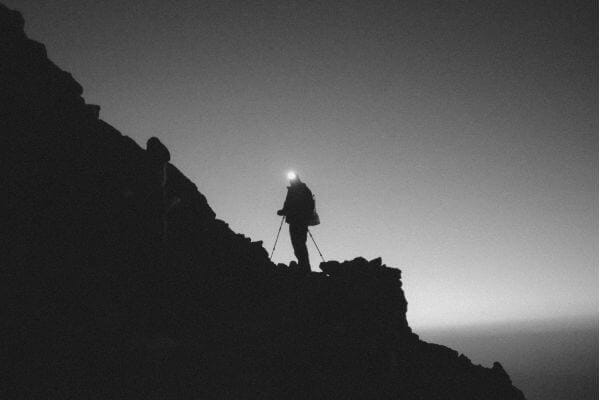
- Electronics: Your smartphone can act as a camera, GPS, and map — no need for three separate devices.
- Powerbank: Bring a power bank with enough capacity to charge your phone twice, ensuring you’re always powered up. Alternatively, consider a compact, solar-powered option for added convenience and sustainability.
- Tools: A compact multifunction knife, a repair kit, and a small first aid kit should be more than enough for the average camping trip.
👉 A compact multifunction tool is useful on a hiking or camping trip. Bring one like this, that is light (80 g) and it comes with 11 functions. I use this as my EDC tool every day and outdoors—it never lets me down. - Luxury items: Pick one comfort item. For me, it’s a small inflatable pillow. That’s it. Don't go overboard on this!
Reduce Bulk Items with Compression Bags
Bulky items like clothing and sleeping bags can take up significant space in your bag. Minimize their volume to maximize your packing efficiency.
- Lighten your load with ultralight compression bags/sacks. Say goodbye to the hassle of repacking your bag every morning on your hiking trip and enjoy a smoother, more organized adventure.
👉 This handy compression sack can shrink items down to about two-thirds their size. It’s a real space saver—you’ve got to see it in action to believe it!
Guide Books and Paper
Guidebooks and other writing materials are heavy. With your smartphone and a good writing apps, you can document precious memories of your trip, with picture thrown in.
If you rather have a physical guidebook with you, tear out the relevant part to bring along. However taking picture of the relevant parts with your phone is much lighter (and keep your guidebook intact).
I used to be a pencil-and-paper guy. But now, with all the functions on my phone, I’m free from pencil and paper. Hooray for mankind!
Mindset-Lighter is Better
At the end of the day, backpacking weight isn’t just about numbers — it’s about how you feel on the trail. When I finally embraced the ultralight mindset, I stopped packing “just in case” and started packing “just what I need.”
The lighter your load, the more you notice the views, the breeze, and the joy of the hike. Trust me — your back, knees, and feet will thank you.
Hiking with friends has its advantages. Group outings are often more fun and enjoyable, and hiking together provides added safety. Plus, sharing gear among the group can lighten the load for everyone.
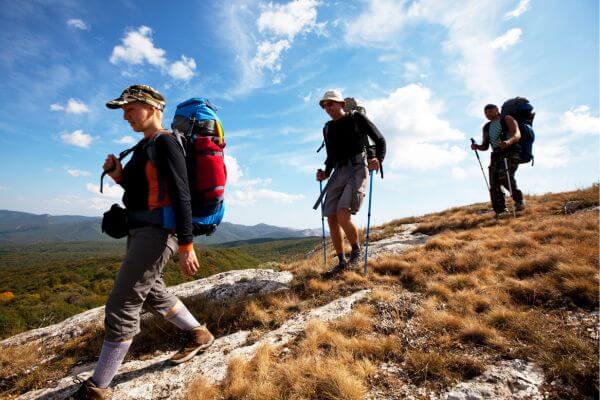
👉 Tip: Knowing exactly the weight of your items can be very useful and motivating. It can help you to think of lighter and better alternatives as now you have a reference point.
Conclusion
So, what’s the ideal backpacking weight? The sweet spot is usually 10–14 kg for multi-day trips, but with the right strategies, you can push even lighter.
By trimming your backpacking gear list, choosing the best backpacking gear for your needs, and being smart about food, water, and extras, you’ll hike further, camp more comfortably, and actually enjoy every step.
A word of caution: in your enthusiasm to pack light for a backpacking trip, avoid going to extremes by eliminating everything you deem unnecessary. Be mindful of items that offer warmth, comfort, or even a small boost in safety.
As I mentioned earlier, it’s absolutely possible to lighten your gear without sacrificing comfort or safety. That said, if you feel you need something more robust and durable, I recommend checking out my guide to the best camping tools. Just keep in mind—carrying that extra weight will be part of your journey!
Remember, the goal is a rewarding adventure, not a survival challenge.
Happy Backpacking!
Resources

Best Camping Tools
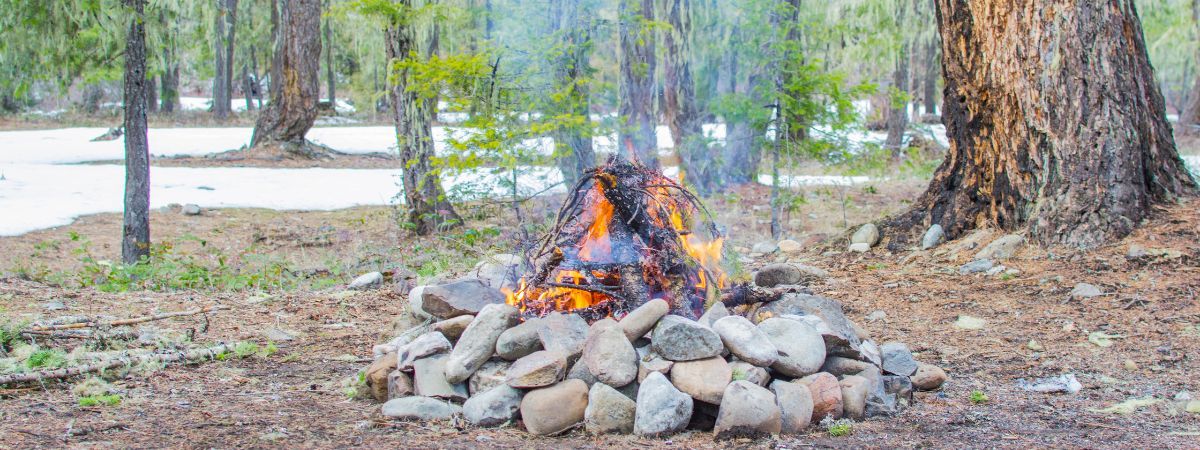
Best Fire Starters
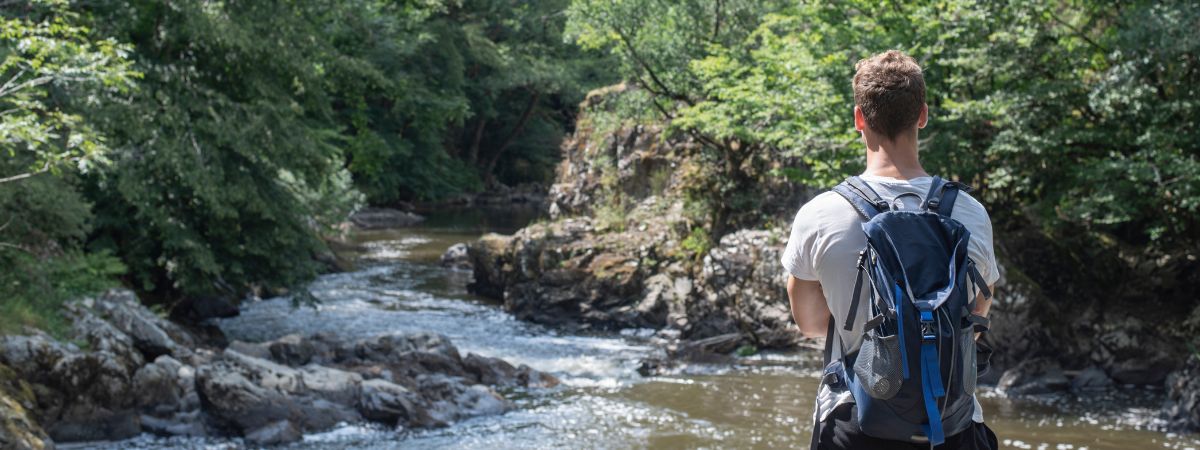
Best Water Filter Straw
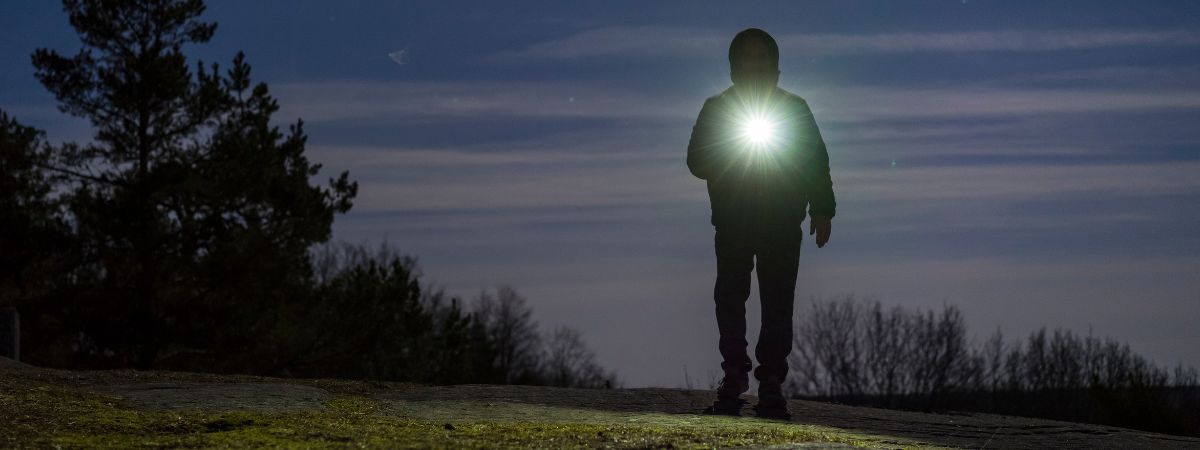
Best EDC Flashlight


